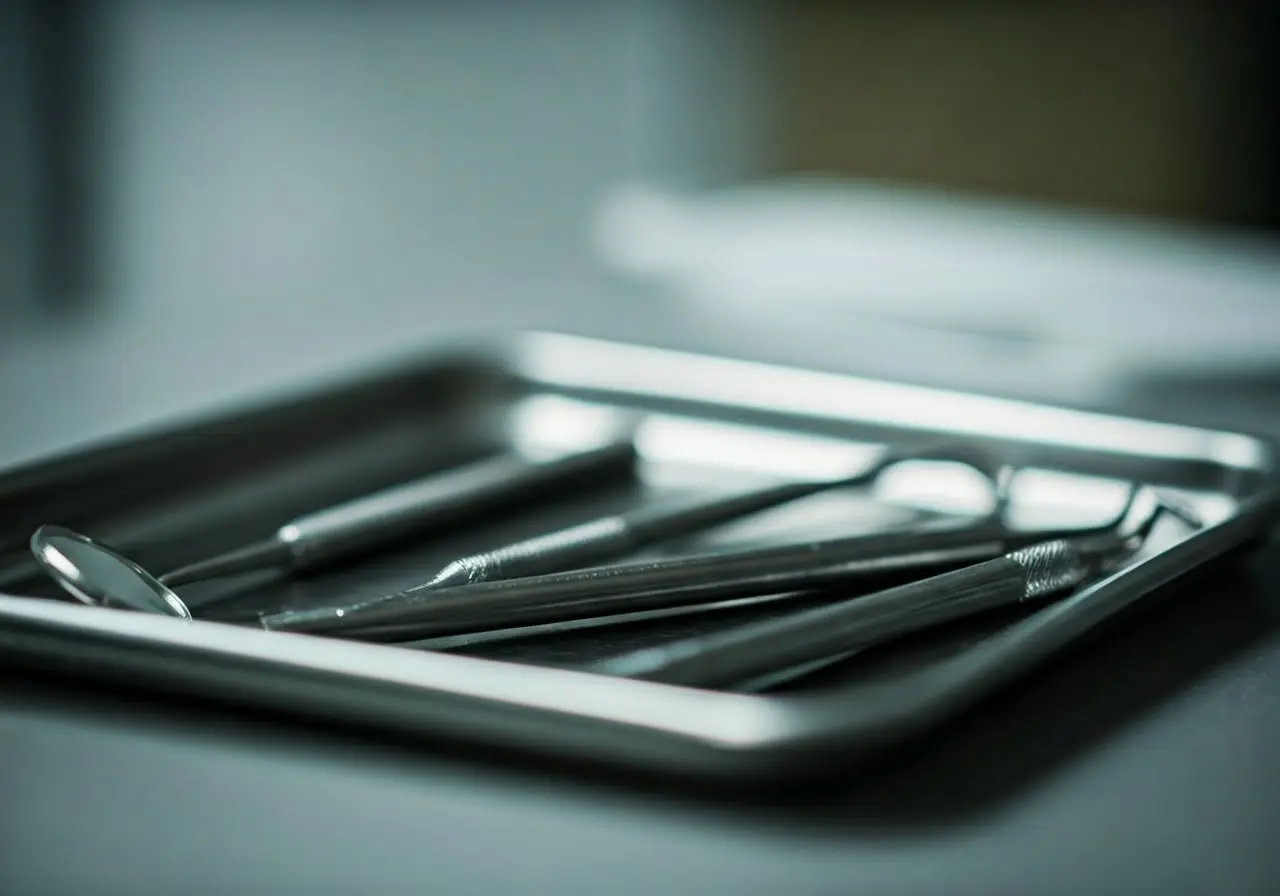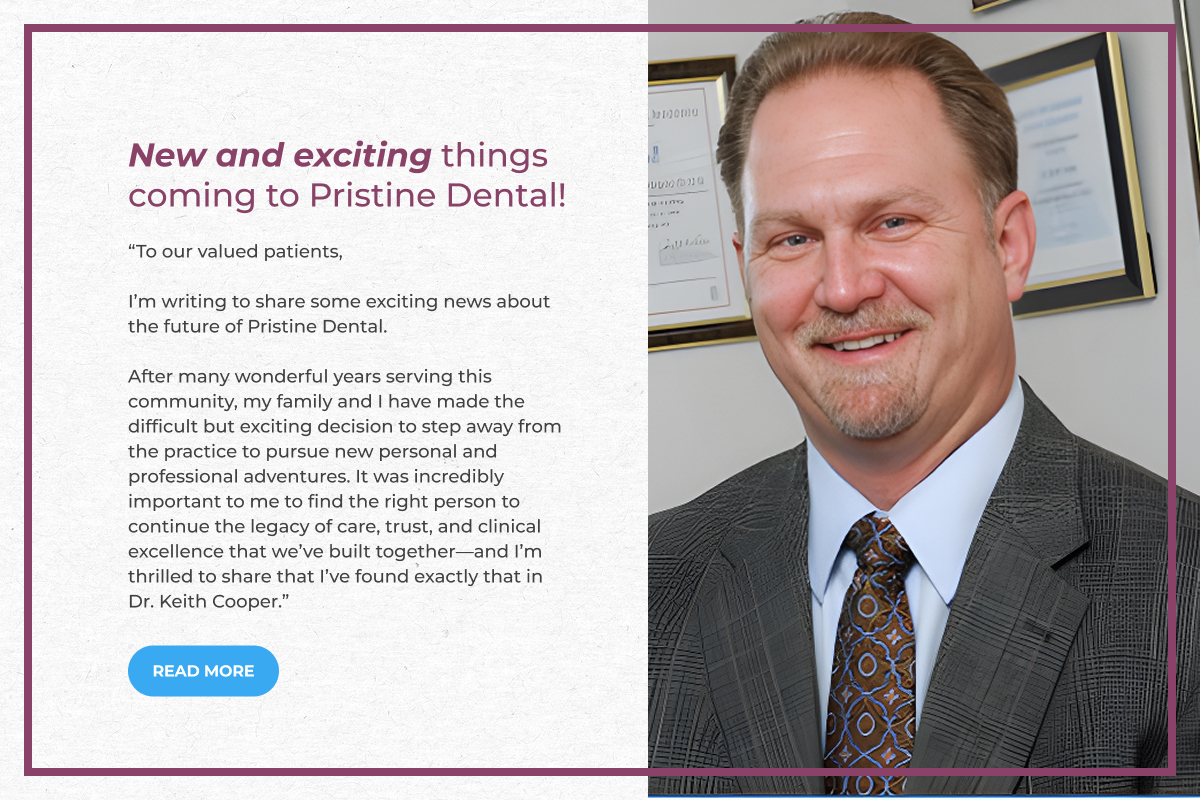Achieving a radiant smile often starts with maintaining excellent oral hygiene. One key aspect of oral care is tackling tartar buildup, which can dull your smile and lead to other dental problems. In this blog, we’ll explore the secrets to effective tartar removal, ensuring your teeth remain sparkling and healthy.
Understanding Tartar: What Is It and How Does It Form?
Tartar, also known as dental calculus, is a crucial player in the story of oral health, taking form when the soft, sticky film of plaque is left untreated on the teeth. When minerals in your saliva combine with plaque, it hardens into tartar. This isn’t just a cosmetic nuisance; it’s a problematic layer that bonds tightly to teeth surfaces, including the linings of your gum. Once tartar has formed, only a dental professional can remove it. Tartar can quickly turn from a mere discoloration culprit to an instigator of periodontal issues, serving as a breeding ground for bacteria. Maintaining a diligent oral care routine helps prevent this transformation, underscoring the importance of daily brushing, flossing, and regular dental check-ups.
But how does tartar really start its journey on your teeth and why is it so stubborn to remove? It forms above and below the gumline and can become an ugly sight, especially because it causes stains and discoloration. The bacteria that thrive on tartar not only irritate gums but can lead to more serious infections, such as gingivitis or periodontitis, making it a primary cause of bleeding gums and bad breath. As tartar forms in layers, it also acts as an adhesive for additional plaque, accelerating the cycle of buildup. Frequently, tartar’s highly porous nature means it readily absorbs stains from coffee, tea, or tobacco, further complicating the removal process. Therefore, understanding tartar is the first step towards effective management, urging early prevention and timely professional intervention.
Tackling Tartar: Home Remedies That Work
Tackling tartar at home requires a combination of consistent practices and clever tricks. Regular use of a toothbrush with soft bristles aids in gently scrubbing away the plaque before it hardens into tartar. A baking soda paste can be a great ally as it works like a mild abrasive, gently busting the hold of tartar on your teeth. Simply mixing baking soda with a bit of water and salt creates a handy homemade paste that helps in softening the tartar, allowing for easier removal through brushing. Remember, consistency is key—a few minutes each session can make a world of difference in maintaining a cleaner, healthier mouth.
Flossing is another critical step that shouldn’t be overlooked when working to combat tartar. Area between teeth are prime real estate for tartar formation, places where toothbrush bristles can’t reach effectively. Closing this gap is crucial since tartar along the gums is a direct route to periodontal issues. Regular flossing dislodges stubborn food particles and prevents them from contributing to tartar build-up. It’s crucial to understand that while toothbrushes and floss work wonders, sometimes a tool like a dental pick may be used to lightly scrape away deposits, but this should be done with caution. Another home remedy that’s gaining traction in tartar management is oil pulling. Using oils like sesame or coconut oil may help in reducing the bacteria that contribute to plaque and tartar. Swish a tablespoon in your mouth for about 15 minutes, making sure not to swallow the oil, as it works to lift bacteria from your teeth and gums.
An often underestimated ally in the fight against tartar is your diet. Crunchy fruits and vegetables, such as apples and celery, naturally clean the tooth surfaces as you chew, promoting saliva production. Saliva is a natural protectant in your mouth that washes away food particles and neutralizes harmful acids from bacteria, blocking their pathway to tartar formation. Moreover, limiting your intake of sugary and starchy foods cuts off the primary food supply of tartar’s bacterial residents. It’s also beneficial to use an antibacterial mouthwash that flushes out any remaining bacteria too tiny to be expelled with brushing and flossing. Alcohol-free options are recommended to avoid dry mouth, which can otherwise allow bacteria to thrive. With these remedies, it is evident that a proactive approach at home is essential, though nothing can replace the thoroughness of a professional cleaning.
Professional Dental Cleanings: A Crucial Part of Oral Care
While home routines are essential, professional dental cleanings remain unparalleled in maintaining oral health. It’s during these visits that a dental hygienist can utilize specialized tools for comprehensive tartar removal. Instruments such as scalers and ultrasonic devices are designed to carefully scrape away tartar accumulations both above and below the gum line. This process not only gives your teeth a thorough clean but also a new start, free from the persistent cling of tartar. Moreover, during these cleanings, hygienists might apply treatments like fluoride varnish to further protect your teeth from decay. Regular cleanings are essential as they also offer the chance to detect early signs of dental issues, such as cavities or gum disease, before they evolve into more serious problems.
Importantly, professional cleanings are tailored to your dental needs. Whether you have braces, dental implants, or sensitive gums, your dentist will customize the cleaning process to address specific challenges and ensure no area is neglected. Many people are surprised to learn that despite diligent home care, tartar can still be present in hard-to-reach areas, necessitating professional intervention. These appointments serve as a checkpoint where dental professionals can evaluate the effectiveness of your home care routine and offer personalized advice, such as recommending the best practices to prevent tartar. Embracing these consultations makes it clear that maintaining dental health is a partnership, combining the patient’s everyday vigilance with the dentist’s expertise.
Preventing Tartar Buildup: Tips for Long-Term Success
Establishing a robust dental routine is your first line of defense in preventing tartar. This includes brushing at least twice daily with a fluoride toothpaste, ensuring you brush for the recommended two minutes each time. Focus on positioning your brush at a 45-degree angle to your gums, which effectively targets the gum line where plaque can easily transition into tartar. Flossing daily is non-negotiable, removing lingering food particles and preventing them from hardening on your teeth. Adding an antibacterial mouthwash at the end of your routine can rinse away leftover particles and suppress bacteria. Remember, tartar thrives in the absence of proper hygiene and swift detection, so these routine steps are imperative in breaking the cycle of build-up.
Your diet also plays a crucial role in keeping your teeth free from tartar. Simple sugars provide food for plaque bacteria, leading to more rapid formation of tartar. Opting for a diet low in sugars and rich in whole foods, like vegetables, fruits, and lean proteins, can help eradicate the bacterial colonies that encourage plaque and tartar formation. Additionally, incorporating foods rich in Omega-3 fatty acids and calcium can support gum health and tooth strength, reducing the adhesion of plaque and tartar. Limiting beverages that stain, like coffee and tea, alongside a habit of drinking water throughout the day, can wash away food debris while also neutralizing mouth acids.
Regular dental appointments are fundamental. A routine visit every six months allows your dentist to monitor your oral health closely, providing preventive care and intervening when necessary before plaque escalates to tartar and invites gum disease. During these visits, examinations such as X-rays may be conducted to provide a comprehensive view of your oral health. While many people highlight the tedious nature of multiple visits per year, this proactive approach is a small investment in time that pays off by preserving your radiant smile and overall oral health. It’s through these combined efforts of diligent daily care and professional monitoring that you can ensure a healthier mouth and brighter smile for years to come.
Remember, a healthy smile is more than just appearance; it’s a testament to your ongoing commitment to oral health. By integrating these elements into your lifestyle, you leverage a powerful arsenal against tartar formation. For more insights into how professional tartar removal can offer unexpected benefits, check out these surprising advantages. Your oral well-being contributes significantly to your life quality, intertwining the very essence of health and confidence beautifully.
Ensuring Your Smile Shines Bright
Maintaining a radiant smile requires a combination of consistent oral hygiene practices and professional dental care. By understanding how to effectively remove tartar and prevent its buildup, you’re taking a significant step towards protecting your dental health. Remember, a beautiful smile is not just about appearance—it’s a reflection of overall well-being.



